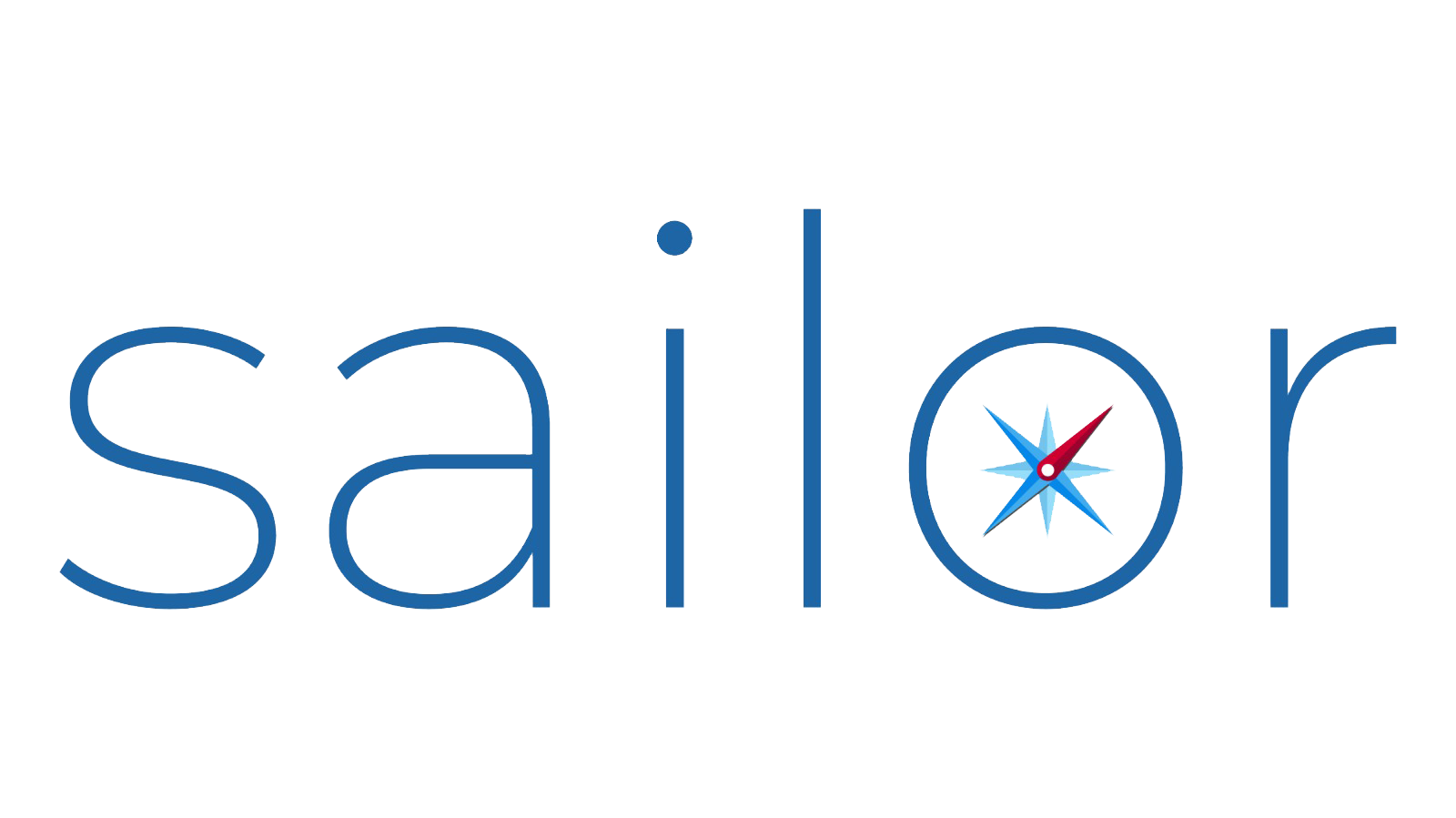Autoscaling is a critical feature for any Kubernetes deployment that needs to handle variable workloads. By automatically scaling up and down the number of replicas in a deployment, autoscaling can help to ensure that your application is always available and performing well, while also minimizing costs.
There are two main types of autoscaling in Kubernetes:
-
- Horizontal pod autoscaling (HPA): HPA scales the number of replicas in a deployment based on observed CPU utilization or other metrics.
-
- Vertical pod autoscaling (VPA): VPA scales the resources (e.g., CPU and memory) allocated to individual pods in a deployment.
In this blog post, we will focus on implementing HPA for Kubernetes deployments.
Prerequisites
Before you can implement HPA, you need to have the following prerequisites in place:
-
- A Kubernetes cluster
-
- A deployment to autoscale
Creating a Horizontal Pod Autoscaler object
To create a HorizontalPodAutoscaler object, you can use the following command:
kubectl create hpa <hpa-name> –min=<min-replicas> –max=<max-replicas> –target=<target-metric> <scale-target-ref>
-
<hpa-name>: The name of the HorizontalPodAutoscaler object.
-
<min-replicas>: The minimum number of replicas that the deployment should have.
-
<max-replicas>: The maximum number of replicas that the deployment should have.
-
<target-metric>: The metric that the HorizontalPodAutoscaler will use to scale the deployment. Valid options arecpuandcustom.metrics.io/metric-name.
-
<scale-target-ref>: A reference to the deployment that the HorizontalPodAutoscaler should scale.
For example, to create a HorizontalPodAutoscaler object that scales a deployment named my-deployment to between 1 and 5 replicas based on CPU utilization, you would use the following command:
kubectl create hpa my-hpa --min=1 --max=5 --target=cpu my-deployment
Configuring the Horizontal Pod Autoscaler object
Once you have created a HorizontalPodAutoscaler object, you can configure it to meet your specific needs. Some of the options that you can configure include:
-
target CPU utilization: The CPU utilization that the HorizontalPodAutoscaler will target. The default value is 80%.
-
scale down delay: The amount of time that the HorizontalPodAutoscaler will wait before scaling down a deployment. The default value is 1 minute.
-
scale up delay: The amount of time that the HorizontalPodAutoscaler will wait before scaling up a deployment. The default value is 1 minute.
You can configure the HorizontalPodAutoscaler object using the kubectl edit hpa <hpa-name> command.
The following example shows how to implement HPA for a Kubernetes deployment:
# Create a deployment
kubectl create deployment my-deployment --replicas=1 --image my-image
# Create a HorizontalPodAutoscaler object
kubectl create hpa my-hpa --min=1 --max=5 --target=cpu my-deployment
# Monitor the deployment and the HorizontalPodAutoscaler object
kubectl get deployment my-deployment
kubectl get hpa my-hpa
As the load on the deployment increases, the HorizontalPodAutoscaler object will automatically scale up the deployment by adding more replicas. Conversely, as the load on the deployment decreases, the HorizontalPodAutoscaler object will automatically scale down the deployment by removing replicas.
Best practices
Here are some best practices for implementing HPA for Kubernetes deployments:
-
- Define resource requests for your pods: The HorizontalPodAutoscaler object needs to know how many resources each pod in the deployment needs in order to make accurate scaling decisions. Therefore, it is important to define resource requests for your pods.
-
- Set realistic minimum and maximum replica counts: The minimum and maximum replica counts that you specify for the HorizontalPodAutoscaler object should be realistic. If you set the minimum replica count too high, you may waste resources. If you set the maximum replica count too low, your application may not be able to handle peak load.
-
- Monitor the deployment and the HorizontalPodAutoscaler object: It is important to monitor the deployment and the HorizontalPodAutoscaler object to ensure that they are working as expected. You can use the
kubectl get deployment <deployment-name>andkubectl get hpa <hpa-name>commands to monitor the deployment and the HorizontalPodAutoscaler object, respectively.
- Monitor the deployment and the HorizontalPodAutoscaler object: It is important to monitor the deployment and the HorizontalPodAutoscaler object to ensure that they are working as expected. You can use the
Autoscaling is a powerful feature that can help to improve the performance, reliability, and cost-effectiveness of your Kubernetes deployments. By implementing HPA, you can ensure that your applications are always available and performing well, while also minimizing costs.
If you are looking for an easy way to manage and automate your cloud infrastructure, Sailor Cloud is a good option to consider. To learn more about Sailor Cloud, please visit the Sailor Cloud website: https://www.sailorcloud.io/
automate your cloud infrastructure, Sailor Cloud is a good option to consider. To learn more about Sailor Cloud, please visit the Sailor Cloud website: https://www.sailorcloud.io/
External Resources:
- Kubernetes Autoscaling documentation: https://kubernetes.io/docs/tasks/run-application/horizontal-pod-autoscale/
- Horizontal Pod Autoscaler (HPA) documentation: https://kubernetes.io/docs/tasks/run-application/horizontal-pod-autoscale/
- Vertical Pod Autoscaler (VPA) documentation: https://github.com/kubernetes/autoscaler/tree/master/vertical-pod-autoscaler






